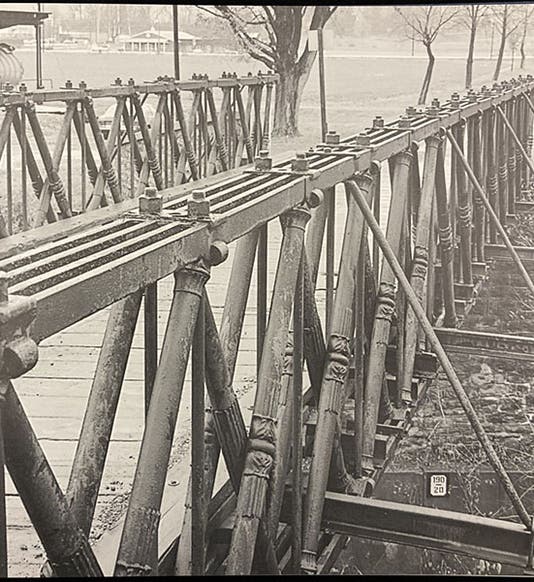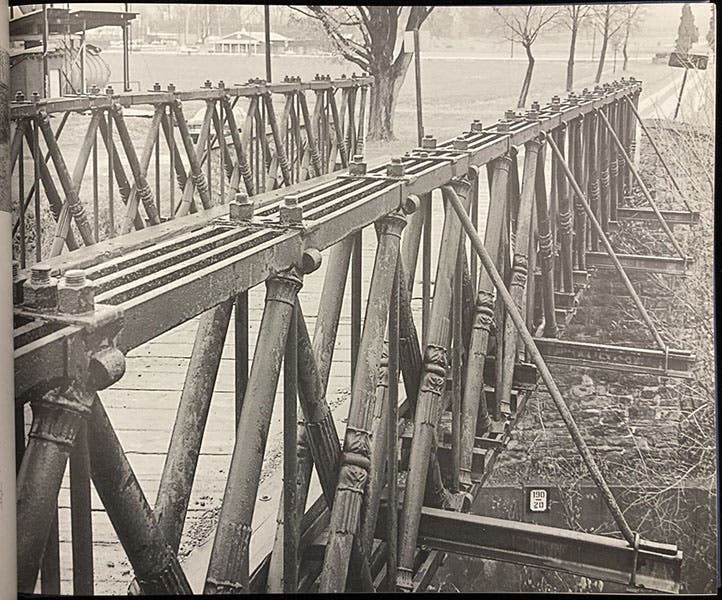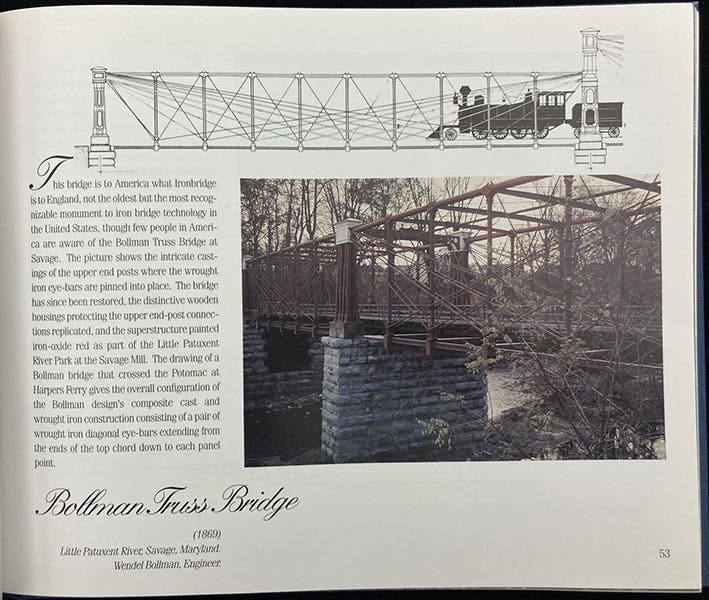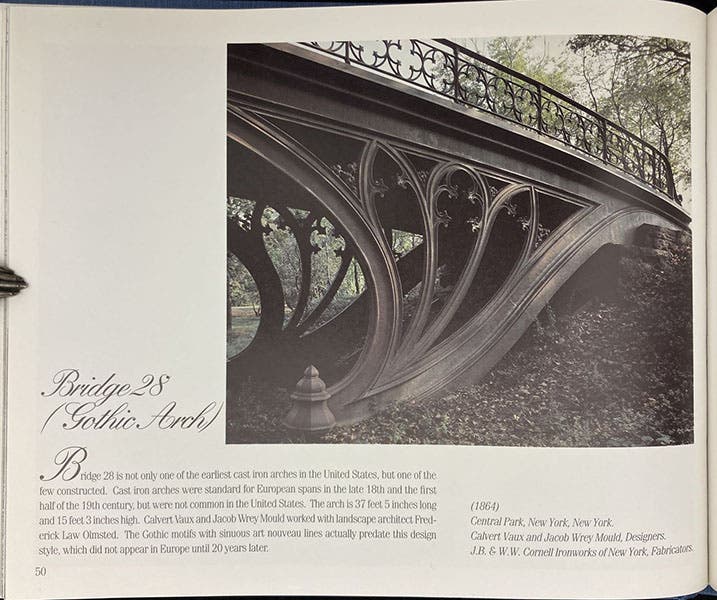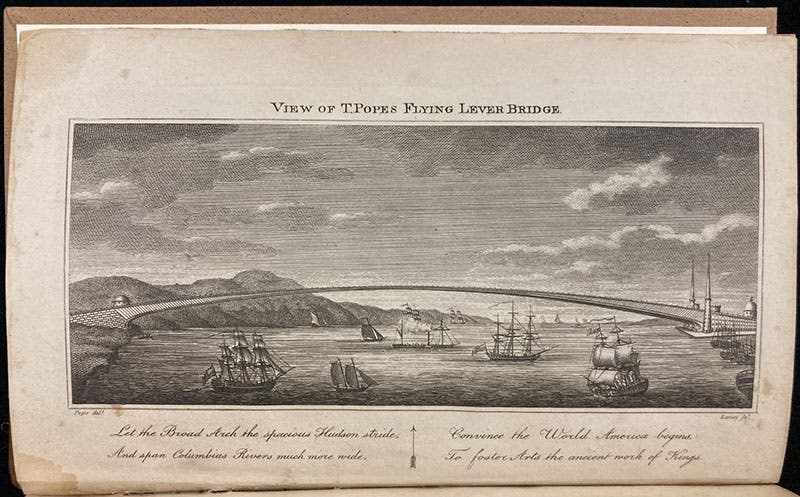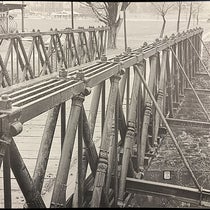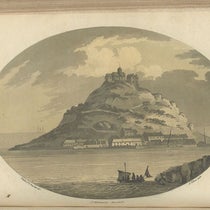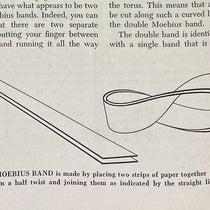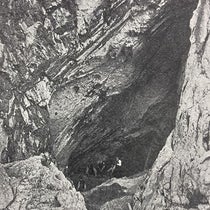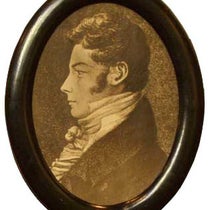Scientist of the Day - Eric DeLony
Eric N. DeLony, an industrial archaeologist and historic preservationist, was born on an Army base in Florida on Sep. 27, 1944, and died on this date, Oct. 23, 2018. He grew up in Cleveland, studied architecture and engineering at Ohio State, and received a master’s in historic preservation from Columbia. Almost immediately, in 1971, he became one of the world's first industrial archaeologists.
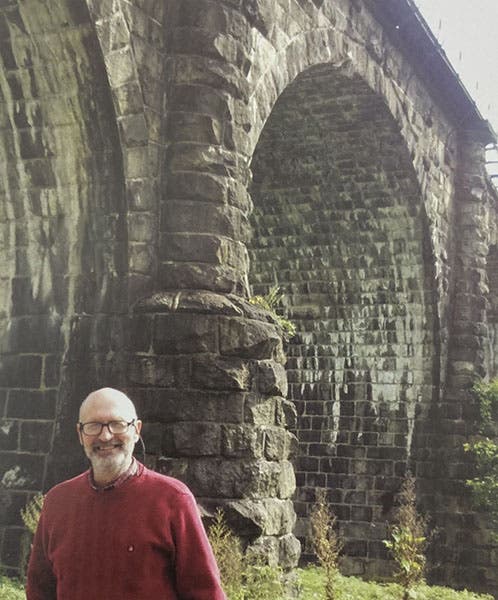
Photograph of Eric DeLony standing by the Thomas Viaduct, built in 1835 in Elkridge, Maryland, in a book dedicated to DeLony, Covered Bridges and the Birth of American Engineering, ed. by Justine Christianson and Christopher Marston, HAER, 2015; photo by Christopher Marston, 2012 (Linda Hall Library)
Industrial archaeology studies our industrial heritage – the factories, machines, highways, railroads, and bridges that were generated by, and spurred further development of, the Industrial Revolution. In the 1960's, much of this heritage was being destroyed, with little thought given to the implications for the historical record. The Society of Industrial Archaeology was founded in 1971, and its British counterpart two years later.
DeLony was hired in 1971 by the Historic American Engineering Record (HAER), which had been set up by the National Park Service, the American Society of Civil Engineers, and the Library of Congress to find ways of documenting our country's industrial heritage before it was demolished. DeLony took a special interest in bridges and viaducts, photographing and measuring them, and when it was possible, working to prevent their destruction. He was amazingly good at this, and he inspired all sorts of people to do the same. In 1987, he became Chief of HAER, and he held that position until 2003.
In 1993, DeLony published Landmark American Bridges, an oblong small folio that devoted each opening to a historic bridge, presented in the chronological order of their construction. We show three pages from this book (first, third, and fourth images), because the bridges are so picturesque, and the photographs, many in color, are so beautiful. DeLony presented a copy of his book to our library in 1996, and inscribed it to our former Rare Books Librarian, Bruce Bradley, who no doubt provided some special reference assistance to Mr. DeLony (fifth image).
When the onset of Alzheimer's disease forced his retirement, Mr. DeLony arranged for the disposal of his large library of rare books, secondary literature, and manuscripts, and he gave most of the material on historic bridges to us in 2012, which we accepted under the rubric, the Eric N. DeLony Engineering and Bridge Collection. It includes over 1100 books.
I picked one book from the DeLony Collection, more or less at random, to show you, Thomas Pope's A Treatise on Bridge Architecture, published in 1811 (sixth image). Wouldn't it have been something if Pope’s proposed "Flying Lever" bridge over the Hudson River had been built according to his design (seventh image)?
Our copy of Pope’s book, like all the books in the DeLony Collection, displays a special bookplate on the front pastedown (last image). It was designed by Mr. Bradley, inspired by the photograph of cast iron Bridge 28 in Central Park, included by Mr. DeLony in his Landmark American Bridges (fourth image).
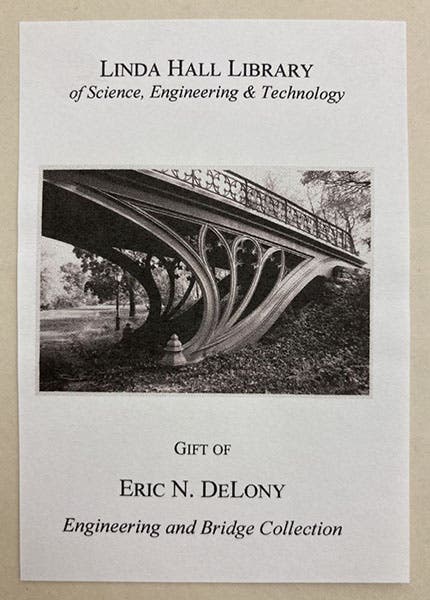
Bookplate for all the books in the Eric N. DeLony Engineering and Bridge Collection at Linda Hall Library, designed by Bruce Bradley, 2012.
William B. Ashworth, Jr., Consultant for the History of Science, Linda Hall Library and Associate Professor emeritus, Department of History, University of Missouri-Kansas City. Comments or corrections are welcome; please direct to ashworthw@umkc.edu.

